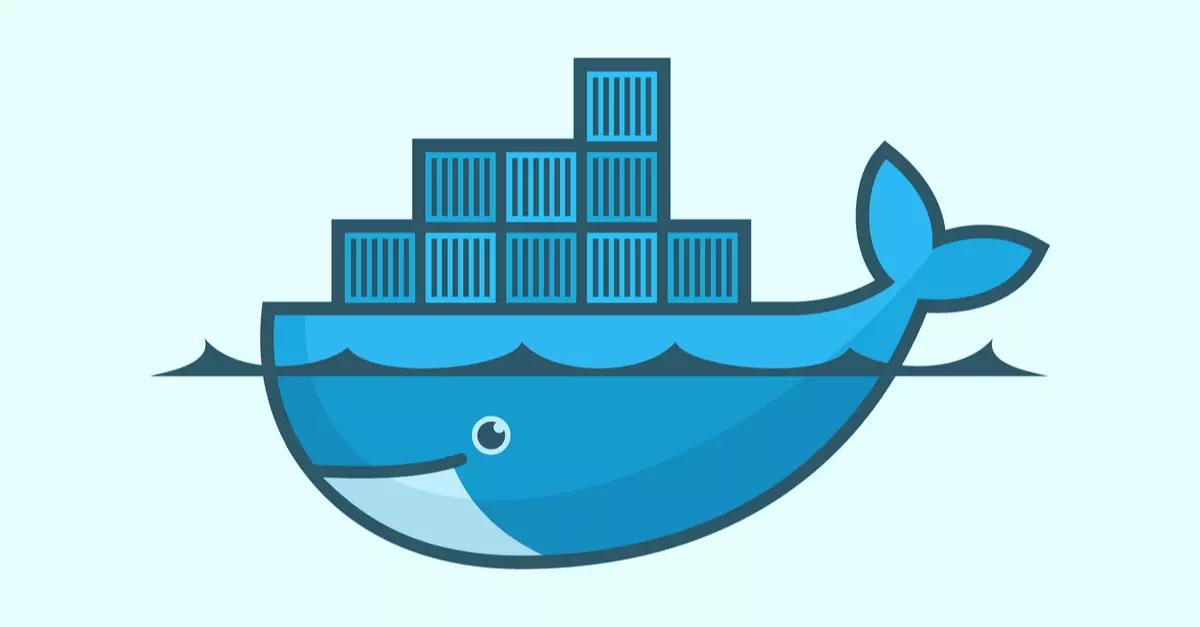Gone are the days where there was essentially only one way to develop an application - as a massive entity known as a monolith. This technique certainly had its place in the mid-1990s and early 2000s, but that era has (thankfully) ended.s
It's been replaced by a variety of techniques, one of the most popular of which is undoubtedly the microservices architecture. But what impact do microservices have, and what role does Docker play in all of this? Read on to find out.
What is Docker?
At its core, Docker is a tool used to package and run an application in a "loosely isolated environment," also commonly referred to as a container. This level of isolation - coupled with the increased security that comes with it - allows developers to run a myriad of different containers at the same time, all on the same host.
In essence, it's a tool that was designed to make it easier than ever to create, deploy and even run applications, all by way of containers.
For perspective, containers allow a developer to "package" an application with all of the parts that it needs to operate successfully. This can include but is certainly not limited to aspects like libraries, other dependencies and more - all of which are then deployed as a single package to guarantee superior ease of use.
The alternative of this is essential to create a full operating system to support the application in question - something that requires a tremendous amount of time and effort that can otherwise delay the launch of an app significantly. A Docker container, on the other hand, comes with only the minimum set of the operating system software required for the app in question to run successfully - thus freeing up the invaluable time and energy of developers across the board to focus on those matters that truly need their attention.
What are Microservices?
To put it as simply as possible, the microservices architecture is one where applications are structured not in the monolithic style of yesteryear, but as a series of much smaller, more manageable, more independently deployable services.
Think about it like this: rather than spending the time and money to create one massive application that does 10 things, you instead design 10 smaller applications. Each one is developed totally independently of one another and can be tested and configured as needed. Then, all of those 10 things essentially "add up" to the same basic application that the larger one would be, albeit with a totally different structure at the heart of it. Navigating microservices can be a daunting task but things like OpenTelemetry can ease the task.
Read: Microservices vs Web Services
Benefits of Microservices
The benefit here is that each service is not only smaller, but also singularly focused on a core task. This makes it easier to build, easier to maintain and far faster to deploy in the future. Rather than waiting for all 10 services to be finished, you can deploy them to end users as they're ready - thus allowing them to interact with the program in some way as quickly as possible.
Another one of the major benefits of microservices architecture is that it is far easier to maintain both during and after development. If there's a problem with only one of the services in question, you don't essentially have to pull the entire application offline. Likewise, if one of the services "breaks," you don't have to worry about it bringing the entire application down with it. You can focus on troubleshooting those issues independently of one another and only update that which needs to be in order to maintain functionality.
Finally, one of the major benefits of microservices is that each service in question is tightly organized around business capabilities. You can easily re-use the same service in more than one business process as needed, for example. From a DevOps point of view alone, this always results in teams that are not only smarter but more cross-functional as well. This of course brings with it the added bonus of being able to deploy a higher quality finished product to end users in a faster way than ever before, which may very well be the most important benefit of all.
Using Docker for Microservices
Maybe the biggest advantage of using Docker for microservices has to do with all of the benefits it brings with it with regards to Docker container monitoring. In a broad sense, Docker is literally built to streamline the software delivery process - allowing developers to build, ship, test and even deploy apps in the most secure, automatic fashion. It allows you to take the benefits that are inherent in the microservices architecture and extend them as far as they can possibly go, in essence.
With Docker, it is now finally possible to design, develop and deploy an application totally independently of a particular host environment. Thanks to the fact that you're already using the microservices architecture, you're now in a better position to encase every single one of them inside easy-to-use Docker containers.
Not only does this dramatically reduce the complexity of a project by allowing developers to break into smaller and more singularly focused teams, but it also reduces risk by allowing deployment in "segments" rather than as one whole application. When you also consider the benefits of easy maintenance by allowing teams the flexibility to update or upgrade one service at a time, you truly are looking at a perfect storm in the best possible way.

